New king likely to keep strengthening Denmark’s ties to Greenland and the Faroe Islands
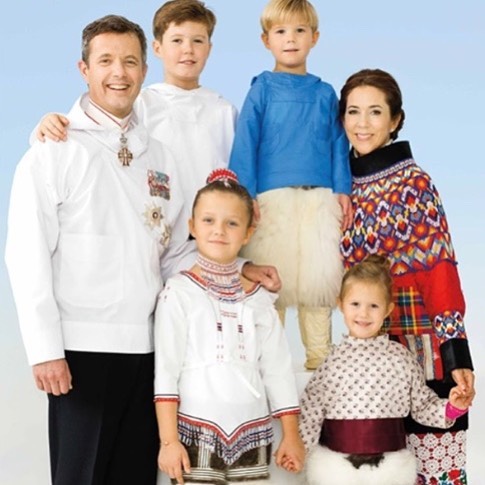
Like his royal predecessors, King Frederik X has long expressed his strong feelings for Greenland and is likely to view it as his duty to try to keep the Kingdom intact.
On New Years Eve, in her yearly televised address to the nation, Queen Margrethe II of Denmark unexpectedly announced her abdication.
On 14 January, after 52 years as monarch of the Kingdom of Denmark, including the Arctic island nation of Greenland and the Faroe Islands, the Queen passed on the throne to her son, Crown Prince Frederik, who was thus be announced King Frederik X of Denmark.
The question is what this will mean for the North Atlantic nations of Greenland and the Faroe Islands and their relations to Denmark, which still holds sovereignty over both?
The main conclusion is that the Danish royal family will remain under the rule of King Frederik X, one of the most instrumental institutions in the defense of Denmark’s continued influence over the Faroe Islands and Greenland.
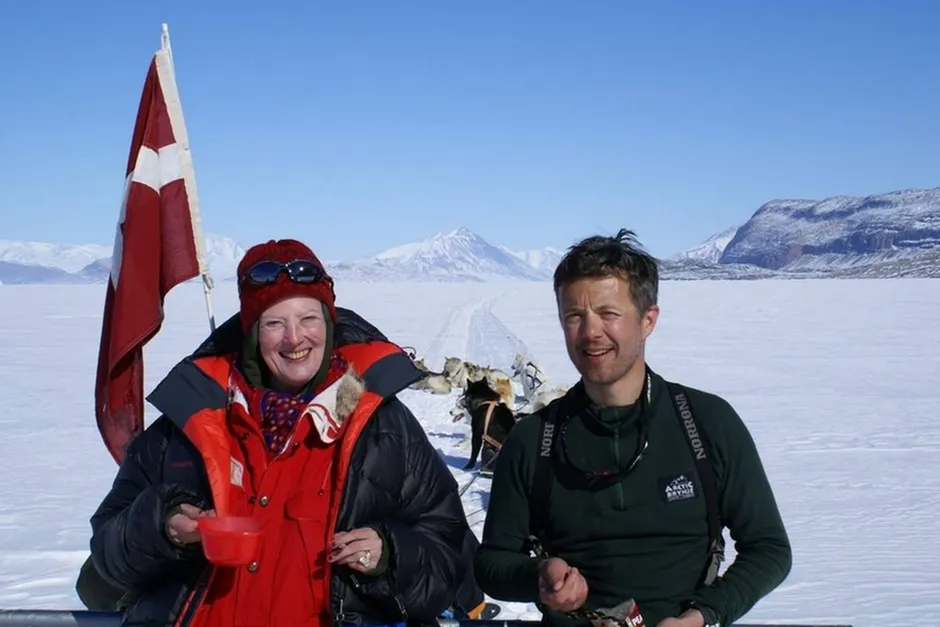
The royal family in Denmark has long been without any formal political powers, but it remains a significant symbol of the Kingdom; a bearer of what many accept as the national character and heritage. As such, the royals wield well established power over public opinion, mainstream discourse and what is broadly perceived as right and wrong.
For centuries, the royal family has consistently worked to strengthen Denmark’s hold on the North Atlantic island nations, and the Crown Prince who will now be king has long demonstrated that he shares the view of his predecessors.
The royal family’s wish to keep the realm together suffered a blow in 1944, when Iceland broke the last ties to Denmark.
In 2022, in a tv-documentary, Queen Margareth made it clear that she has always seen it as her duty to act as a national focal point, not only in Denmark but also in Greenland and in the Faroes, and in this way contribute to the national unity.
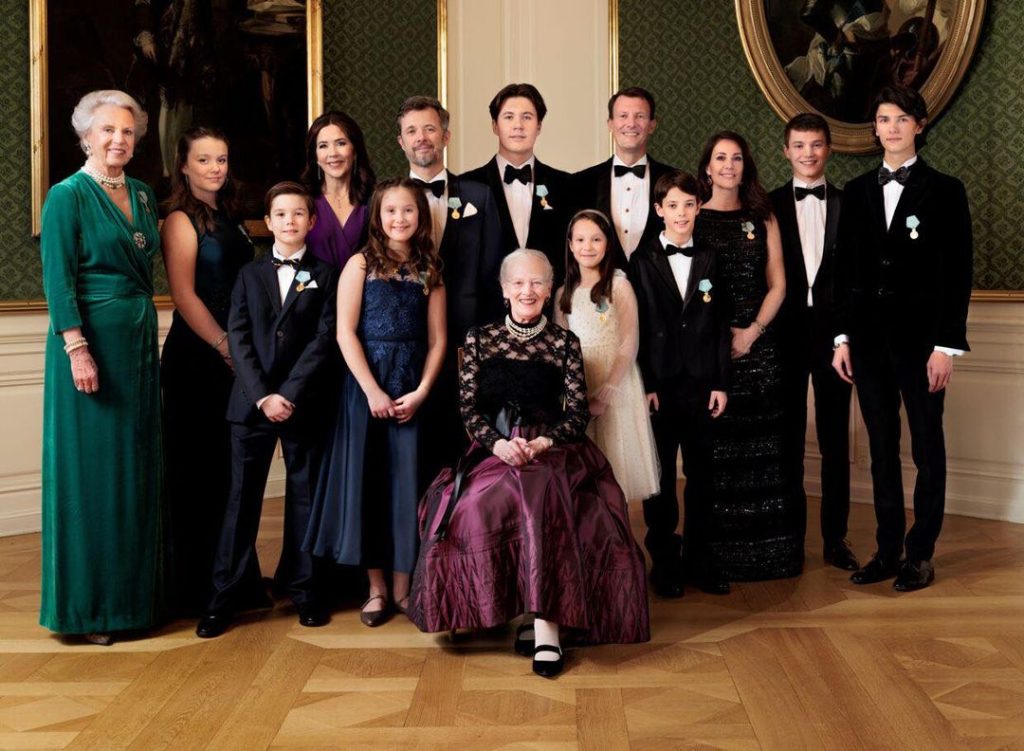
This might have been the first time that the Queen so explicitly acknowledged that her ever-present focus on the Faroese and Greenland is driven by a sense of duty; much more often has she spoken of her personal love for the cultures, peoples and natural characteristics of the two nations.
She has emphasized the three countries’ long, deep and significant shared history, and how the two North Atlantic nations provide the Kingdom with valuable cultural diversity. She is far better than most Danes at expressing how Denmark benefits from the continued relationship.
As the Kingdom’s main ‘influencer’, to use a modern term, Queen Margareth II has made a visible effort to preserve Denmark’s ties to the Faroe Islands and to Greenland ever since she inherited the throne when her father, King Frederik IX died in 1972.
In particular, we have followed over the decades the Queen’s still more frequent official and private visits to both Greenland and the Faroe Islands and her yearly greetings to them in her New Year’s address to the nation. In 2019, she arranged a large concert in honor of the realm at one of her castles with numerous VIPs from the Faroe Islands and Greenland in attendance. She has made more than half a century of efforts to strengthen the ties between the nations, not only out of personal belief, but also because of her sense of royal duty that will now be passed on to her son.
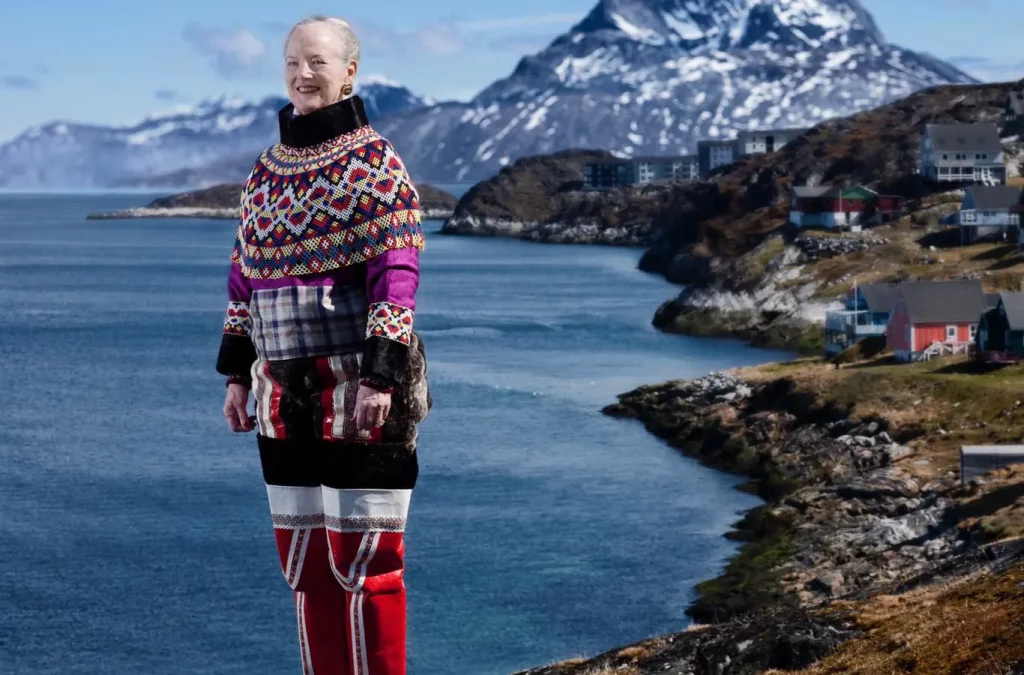
A political dilemma
Just prior to and after the COVID19 pandemic my colleague Jakob Gottshcau and I produced two television documentaries: “The Royal family in the Faroe Islands” and “The Royal family in Greenland’. We interviewed the Queen twice about the royal family’s relations to the two northern parts of the kingdom and traveled with the then Crown Prince, now King, to both countries.
In the political sphere the newly crowned King is set to inherit a longstanding conundrum.
The royal family remains strikingly popular in both the Faroe Islands and Greenland.
In the 18th century Danish missionaries in Greenland blessed and told of the mighty and benevolent king in Copenhagen. Until 1966 colonial officials in Greenland and their successors celebrated the King’s birthday by distributing free foodstuffs (so called “king’s food”) supplemented by music, the firing of cannons and a day off for everyone.
Ever since Christian X, the Queen’s grandfather, paid the first ever royal visit to Greenland in 1921, a journey that also brought him to the Faroe Islands and Iceland, the royal visits have contributed to the continued popularity of the royal family.
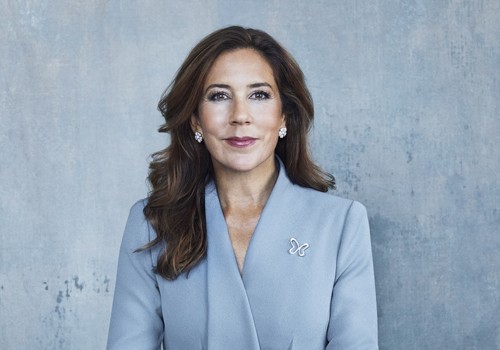
The 55 year old King Frederik X has developed over the years a special relationship with Greenland. As Crown Prince he paid numerous visits and he has traveled thousands of kilometers on dogsled in the harsh northern parts of the island. On one occasion he brought with him the Crown Prince of Norway and the Crown Princess of Sweden. When he married, he was joined by his wife and later their four children — all of it thoroughly documented in books, magazines and on TV.
At their christening, their two youngest children, who are twins, were given the Greenlandic middle names Minik and Ivalo.
It is impossible even for the most skeptical observer to travel through Greenland with the newly crowned king without noticing the strong interest in his person and presence. He is on first name basis with key politicians and the young are constantly closing in to take selfies. In 2000, at the initiative of Greenland’s government, a large tract of land in north Greenland was named after him.
While the royal family is popular, there are many in Greenland and the Faroe Islands who dream of revising relations with Denmark, perhaps even full secession and the formation of separate, sovereign states. The royal family’s role in that hypothetical, unwritten future is not clear.
In 2000, Høgni Hoydal, chairman of Tjóðveldi, a republican Faroese political party, spearheaded serious but ultimately unsuccessful negotiations with Denmark about Faroese secession. Today he is the foreign minister of the Faroe Islands.
In Greenland a draft constitution from 2022 for a future, independent Greenland is being discussed. In this draft, the royal family is not mentioned. Instead, the authors suggested that the chairman of Naalakkersuisut, Greenland’s government be head of state in Greenland.
A discussion of this point is now ongoing, not everyone is happy with the prospect of a Greenland without the royal family and in Denmark it will now be up to King Frederik X to handle all the difficult questions that are sure to come up in this regard. At a time when decolonization, reconciliation and investigations of Denmark’s past wrongdoings are hotly discussed in Greenland, the new king will have to find a way to address such topics without crossing the fine line into the political realm, where he neither has powers nor would be welcome. Everyone expects the royals to remain politically neutral, even if they do have an impact on political issues and public opinion.
The tool box
The King has already assumed several of the ways his mother the Queen has used when nurturing the bonds between Denmark and the two northern parts of her Kingdom.
The frequent visits might be the headline, but no other Dane, for instance, has chosen to routinely wear the national dresses of the Faroe Islands or Greenland when visiting. No prime minister, no admiral or general and none of the clergy.
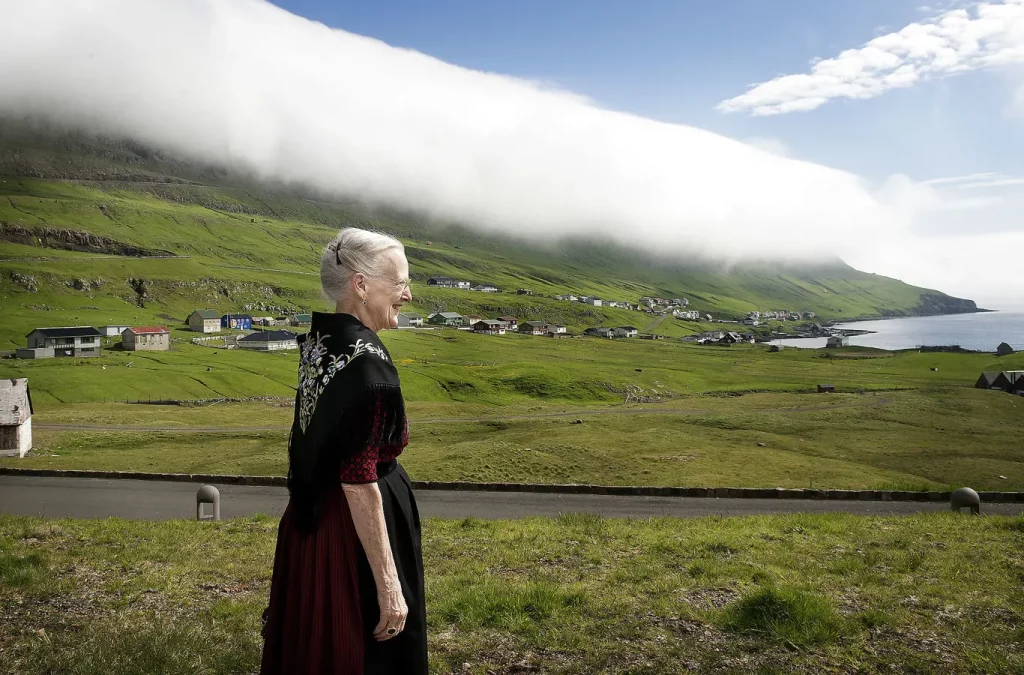
The current Queen’s mother, Queen Ingrid, was the first to appear in the full national dress of Greenland when she visited with her husband, King Frederik IX in 1952. Since then, Queen Margrethe has consistently put on a full national dress whenever she visits Greenland or the Faroe Islands, fully aware that this is a very welcome gesture among the locals. Also the Crown Prince and his family now regularly wear their specially tailored national dresses. Often these are gifts from devoted Faroese or Greenlandic subjects.
In this way the royals show how they consider Greenlanders and the Faroese a part of the greater, national community and that Greenlandic and Faroese culture, values and ways of life are as worthy of respect as those of the Danes.
Wearing seal skin
Also and perhaps even more noteworthy is the Queen’s and later the new King’s consistent defense of the right of the Inuit of Greenland to continue their traditional seal hunting.
Ever since the 1970’s international campaigns against the killing of seals and the seal fur trade the Queen has often been seen wearing coats, hats or other items made of Greenlandic sealskin. She has vociferously defended the rights of the Inuit to hunt and eat seals as they have historically done and to make money from the furs even though she knows well how controversial this is internationally. The Crown Prince and the rest of the royal family have followed suit and none of the family are strangers to clothing made of sealskin.
We will have to wait and see if King Frederik X will also deal with the more intricate matters of post-colonial Danish-Greenlandic matters just as deftly as his mother has.
In 2015, during a tour of Greenland on the royal yacht the Queen braved bad weather and insisted on a visit to the closed coal mining village of Qullissat i north Greenland. Not a soul lives here anymore, the hamlet was closed in 1972, but the Queen and her husband, Prince Henrik, came ashore, made the tour and met with the assembled former residents.
The closure of Qullissat and the relocation of its 1200 citizens is still a serious source of frustration and a painful memory in Greenland, and Denmark is partly blamed for the misery. The Queen did not comment on the closure. As usual, she refrained from any political discussion, but through her mere presence she managed to acknowledge the pain; receiving in return much respect and gratitude.
Such artful handling of potentially explosive issues demands experience, historical insight and solid local advisors. It is possible that King Frederik X will still need time to master this particular part of the choreography of the realm. We should not expect, however, that he will fundamental alter the royal family’s age-old pursuit of a continuation of Denmark’s hold on Greenland and the Faroe Islands.